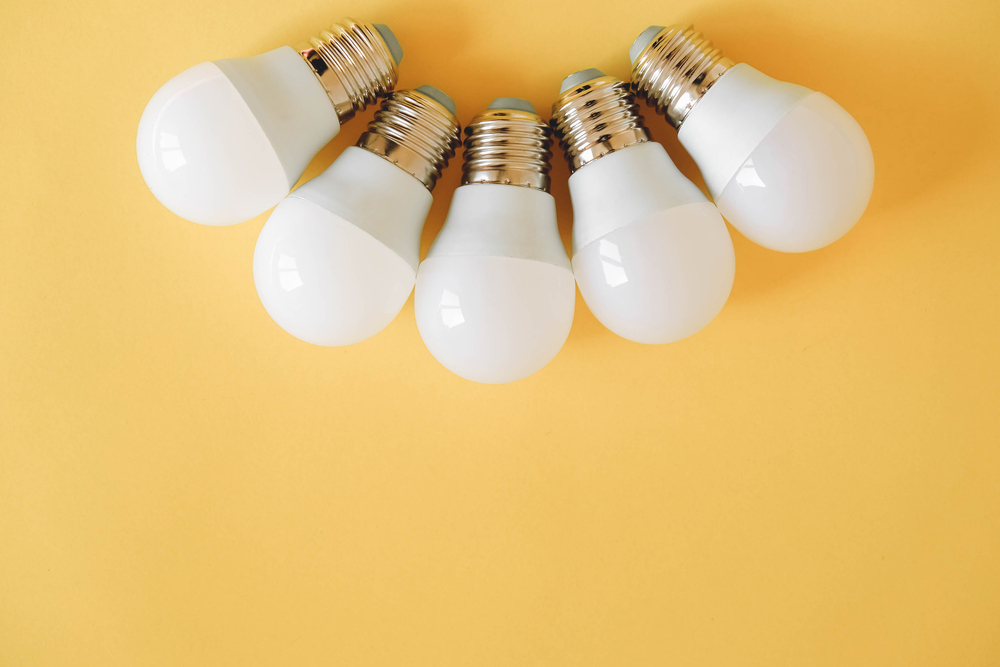LED Light Wattage Basics

LED lights have revolutionized the lighting industry with their energy efficiency, longevity, and eco-friendliness. However, understanding the wattage of LED lights can be confusing, especially when compared to traditional incandescent or fluorescent lighting. In this blog, we’ll break down the basics of LED light wattage, why it’s important, and how to choose the right wattage for your needs.
What is Wattage?
Wattage measures the amount of electrical power consumed by a light bulb. In traditional incandescent bulbs, higher wattage usually meant brighter light. However, with LED lights, wattage is not a direct indicator of brightness but rather of energy consumption.
Lumens vs. Watts
To understand LED wattage, it’s essential to differentiate between watts and lumens. Watts measure energy consumption, while lumens measure the amount of light produced. With LEDs, a lower wattage can produce the same amount of lumens (light) as a higher wattage incandescent bulb. For example, a 10-watt LED bulb can produce the same brightness as a 60-watt incandescent bulb.
Why LED Light Wattage Matters
Choosing the correct wattage for LED lights is crucial for several reasons:
- Energy Efficiency: LEDs use significantly less power to produce the same amount of light as incandescent or fluorescent bulbs. Selecting the appropriate wattage ensures you’re maximizing energy savings.
- Cost Savings: Lower energy consumption translates to lower electricity bills. By choosing the right LED wattage, you can save money over time.
- Brightness: Selecting the right wattage ensures you get the desired level of brightness for your space.
Comparing LED Wattage to Incandescent and CFL
To better understand how LED wattage compares to traditional lighting, here’s a quick reference:
- Incandescent: A typical 60-watt incandescent bulb produces about 800 lumens.
- CFL (Compact Fluorescent Lamp): A 13-15 watt CFL bulb produces about 800 lumens.
- LED: A 10-watt LED bulb produces about 800 lumens.
As you can see, LEDs use far less energy to produce the same amount of light as incandescent and CFL bulbs.
Choosing the Right LED Wattage for Your Space
When selecting LED lights, consider the purpose of the lighting and the specific needs of the space. Here are some guidelines to help you choose the right wattage:
General Room Lighting
For general room lighting, such as in living rooms, bedrooms, or kitchens, you’ll want a good balance of brightness without excessive glare. Typically, an LED bulb with 800-1100 lumens (equivalent to 60-75 watts incandescent) is suitable for most rooms.
Task Lighting
Task lighting, such as for reading or cooking, requires more focused and brighter light. LED bulbs with 1100-1600 lumens (75-100 watts incandescent equivalent) are ideal for these areas.
Ambient Lighting
For creating a relaxed atmosphere or mood lighting, lower wattage bulbs are preferable. LED bulbs with 400-600 lumens (40-60 watts incandescent equivalent) work well for ambient lighting in living rooms or dining areas.
Outdoor Lighting
Outdoor lighting, including security lights or pathway lights, often requires higher brightness. Depending on the application, LED bulbs with 1300-2400 lumens (100-150 watts incandescent equivalent) are recommended.
Additional Factors to Consider
Color Temperature
Wattage isn’t the only factor to consider when selecting LED lights. Color temperature, measured in Kelvins (K), affects the ambiance of a space. Here are some common color temperatures:
- Warm White (2700K-3000K): Creates a cozy and inviting atmosphere, ideal for living rooms and bedrooms.
- Cool White (3500K-4100K): Provides a bright and vibrant light, suitable for kitchens, bathrooms, and workspaces.
- Daylight (5000K-6500K): Mimics natural daylight, perfect for reading areas, offices, and outdoor lighting.
Dimmability
Many LED bulbs are dimmable, allowing you to adjust the brightness to suit your needs. Ensure that your LED bulb is compatible with your dimmer switch to avoid flickering or buzzing.
Quality and Brand
Not all LED bulbs are created equal. Reputable brands often offer better quality, longer lifespan, and more accurate wattage and lumen ratings. It’s worth investing in high-quality LED bulbs for better performance and reliability.
Benefits of LED Lighting
Understanding LED wattage and choosing the right bulbs offer numerous benefits:
Energy Efficiency
LED bulbs are up to 80% more energy-efficient than traditional incandescent bulbs, reducing electricity consumption and environmental impact.
Longevity
LEDs have a much longer lifespan, often lasting 25,000 hours or more, compared to 1,000 hours for incandescent bulbs.
Cost Savings
Though initially more expensive, LED bulbs pay for themselves through reduced energy bills and less frequent replacements.
Eco-Friendly
LEDs are free from toxic elements like mercury and are 100% recyclable, making them a greener lighting choice.
Conclusion
Selecting the right LED light wattage is crucial for achieving optimal brightness, energy efficiency, and cost savings. By understanding the relationship between watts and lumens and considering factors like color temperature and quality, you can make informed decisions for your lighting needs.
Need a Lighting Company in California?
Since 2003, we here at Utility Incentive Corp. have been the premier provider of energy efficient electrical services in San Diego and the surrounding areas. We are a privately owned and operated business with 20 years of experience. Our friendly and professional staff work in conjunction with other businesses to provide them with better solutions at little to no cost to property owners.
We focus primarily on relamping and retrofitting T12 lamps and ballasts to “Energy Star” T-8 lamps and “flicker free” ballasts. Our other services include a free initial consultation, energy audit, and utility application. Give us a call today to see why we have installed and replaced over 175,000 fixtures across California!
